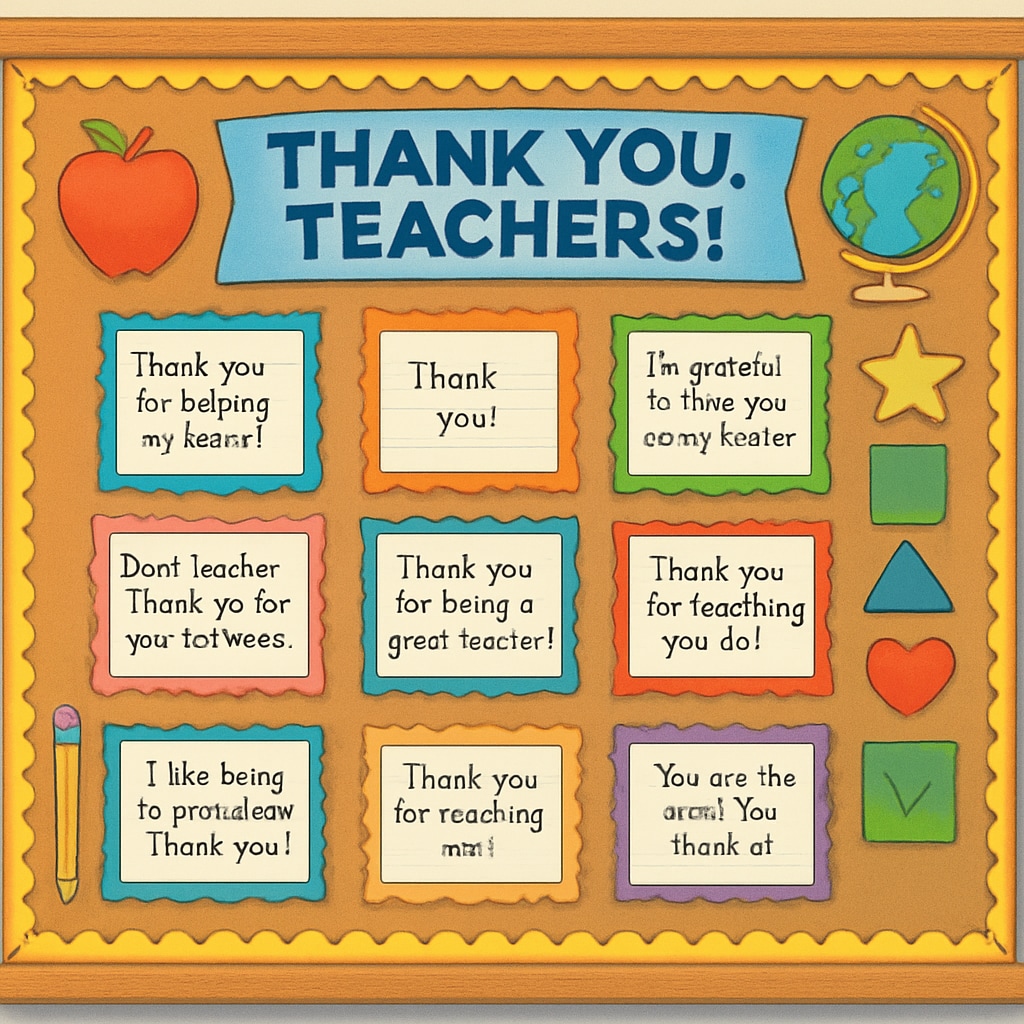In education, moments of student gratitude often go unnoticed, yet they hold immense significance. The simple act of a student saying “thank you” reflects the profound connection between students and teachers, and highlights the core of teacher-student relationships. When teachers respect and truly listen to their students, they create an environment where these expressions of gratitude can flourish, profoundly shaping the educational journey and personal growth of students.

Why Student Gratitude Matters
Gratitude in education is more than polite expressions; it is a powerful acknowledgment of the teacher’s role in inspiring, guiding, and empowering students. A heartfelt “thank you” signifies more than appreciation—it reflects the impact of teaching that resonates in a student’s life. For example, many educators recall receiving thank-you notes or verbal appreciation that emphasized the value of their encouragement during challenging times. These moments not only validate the teacher’s efforts but also underscore the human connection at the heart of education.
According to Britannica’s definition of gratitude, it enhances interpersonal relationships by fostering mutual respect and understanding. When students express gratitude, they are acknowledging the teacher’s role as a mentor who values their individuality and potential. This interaction strengthens the bond between both parties, creating a cycle of motivation and positivity.
The Role of Teachers in Encouraging Gratitude
Teachers play a critical role in nurturing an atmosphere of respect and appreciation. Through active listening, empathy, and consistent encouragement, educators can inspire students to recognize the importance of gratitude as a life skill. For instance, a teacher who listens attentively during a student’s struggles and offers constructive feedback demonstrates care and respect, which students often reciprocate through genuine expressions of thanks.
Moreover, incorporating gratitude practices into the classroom—such as encouraging students to write reflective notes or share appreciation—can cultivate a culture where recognition and acknowledgment thrive. This approach aligns with findings from positive psychology, which emphasizes the importance of gratitude in fostering mental well-being and stronger social connections.

Gratitude’s Lasting Impact on Teacher-Student Relationships
The exchange of gratitude between students and teachers strengthens relationships and fosters mutual respect. These moments often become cherished memories for both parties, contributing to a positive learning environment. As a result, teachers feel motivated to continue their efforts, knowing their contributions are valued, while students build confidence and resilience through supportive interactions.
In addition, gratitude helps students develop emotional intelligence, enabling them to appreciate the efforts of others and build meaningful connections. Teachers who emphasize the importance of gratitude indirectly equip students with essential life skills, preparing them for collaborative and respectful relationships in the future.
Conclusion: The Human Connection at the Core of Education
At its heart, education is a human-centered endeavor, built on relationships, respect, and understanding. Student gratitude is a powerful reminder of the impact teachers can have, transforming learning into a meaningful and memorable experience. By fostering environments where gratitude is encouraged, both educators and students can benefit from stronger connections and mutual growth.
Let us not overlook the significance of these seemingly small moments. A sincere “thank you” could very well be the most impactful lesson in the classroom—one that shapes lives far beyond the walls of education.
Readability guidance: The article uses concise paragraphs and incorporates examples to illustrate points. Transition words such as “for example” and “as a result” ensure smooth flow, while lists and external links enhance accessibility and credibility.


